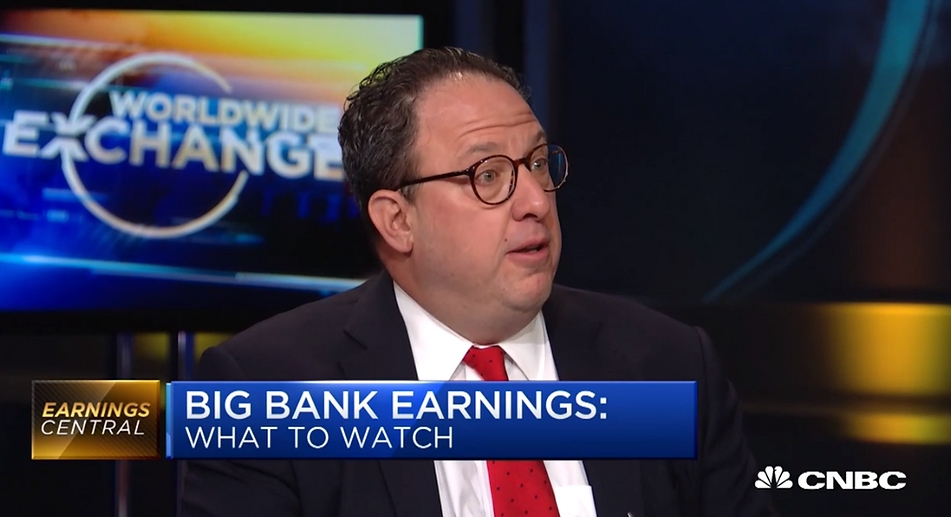Will the Federal Reserve balance sheet … as of its initiate runoff ... would be data dependent?

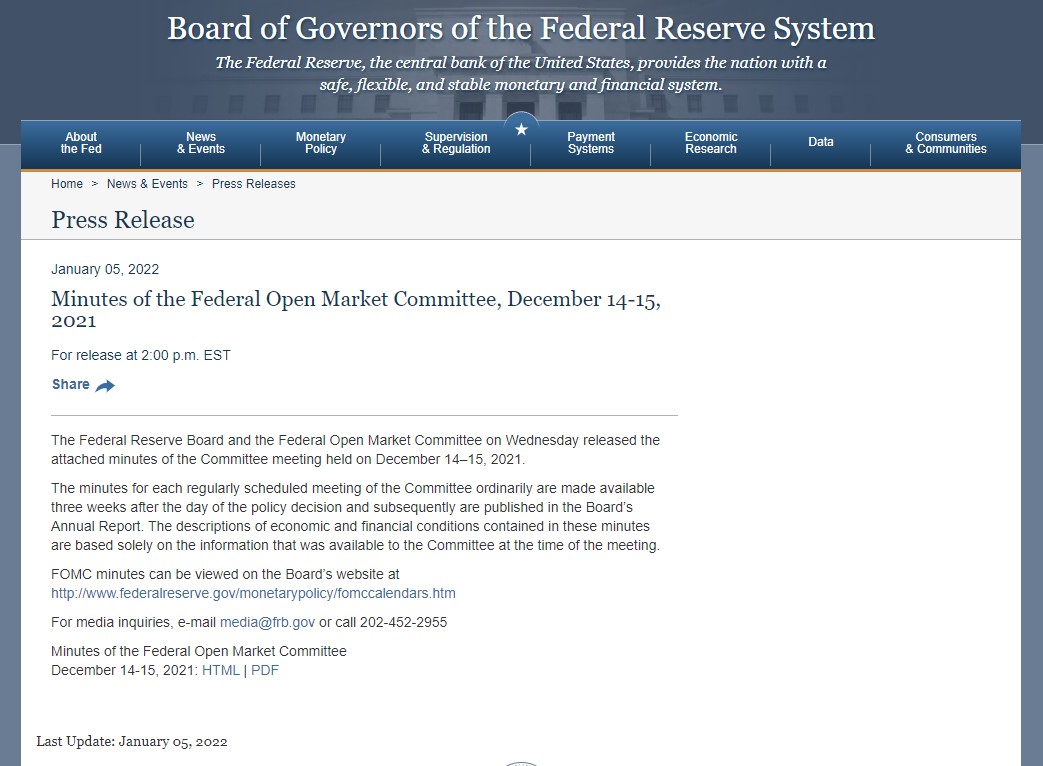
 A joint meeting of the
Federal Open Market Committee and the Board of Governors of the Federal Reserve
System was held by videoconference on Tuesday, December 14, 2021, at 9:00 a.m.
and continued on Wednesday, December 15, 2021, at 9:00 a.m. But the minutes of
this meeting were released yesterday on January the 5 2022. In response, the
Propaganda Machine as Reuters for that instance followed by Bloomberg, CNBC or
Fox News etcetera, imprinted to general bread consumers reality perception that
the strengthening economy and higher inflation could lead to earlier and faster
interest-rate increases than previously expected, with some policy makers also
favoring starting to shrink the balance sheet soon after.
A joint meeting of the
Federal Open Market Committee and the Board of Governors of the Federal Reserve
System was held by videoconference on Tuesday, December 14, 2021, at 9:00 a.m.
and continued on Wednesday, December 15, 2021, at 9:00 a.m. But the minutes of
this meeting were released yesterday on January the 5 2022. In response, the
Propaganda Machine as Reuters for that instance followed by Bloomberg, CNBC or
Fox News etcetera, imprinted to general bread consumers reality perception that
the strengthening economy and higher inflation could lead to earlier and faster
interest-rate increases than previously expected, with some policy makers also
favoring starting to shrink the balance sheet soon after.
But what they as
the Propaganda Machine shall tell for you … goes like
this;
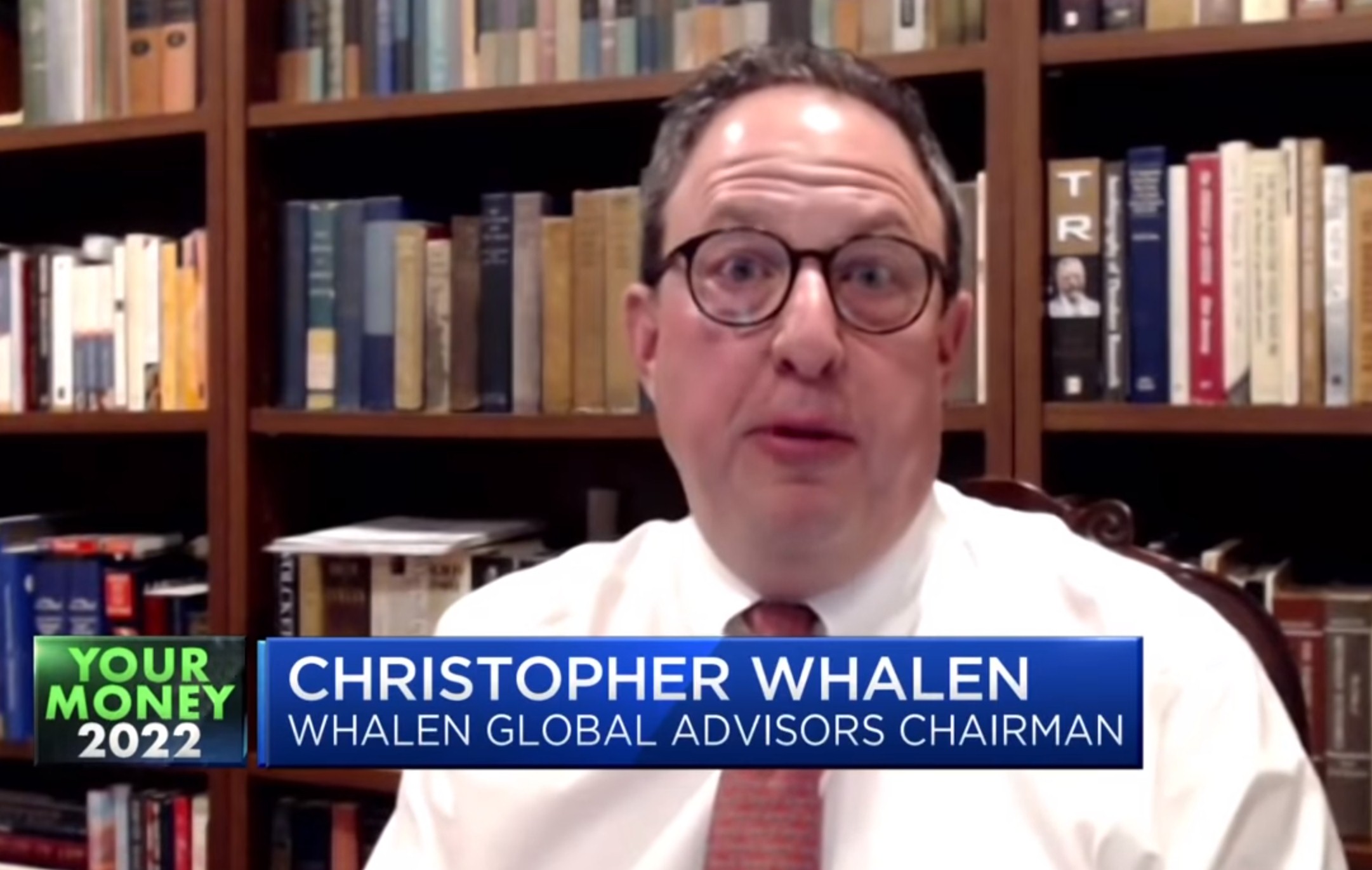 The Federal Open
Market Committee also observed that the Federal Reserve’s balance sheet was much
larger, both in dollar terms and relative to nominal gross domestic product
(GDP), then it was at the end of the third large-scale asset purchase program in
late 2014. Participants noted that the current weighted average maturity of the
Federal Reserve’s Treasury holdings was
shorter than at the beginning of the previous normalization episode as of
2014. Some observed that, as a result, depending on the size of any caps put on
the pace of runoff, the balance sheet could potentially shrink faster than last
time if the Committee followed its previous approach in phasing out the
reinvestment of maturing Treasury securities and principal payments on agency
MBS. … they noted that current conditions included a stronger economic outlook,
higher inflation, and a larger balance sheet and thus could warrant a
potentially faster pace of policy rate normalization. They emphasized that the
decision to initiate runoff would be data dependent.
The Federal Open
Market Committee also observed that the Federal Reserve’s balance sheet was much
larger, both in dollar terms and relative to nominal gross domestic product
(GDP), then it was at the end of the third large-scale asset purchase program in
late 2014. Participants noted that the current weighted average maturity of the
Federal Reserve’s Treasury holdings was
shorter than at the beginning of the previous normalization episode as of
2014. Some observed that, as a result, depending on the size of any caps put on
the pace of runoff, the balance sheet could potentially shrink faster than last
time if the Committee followed its previous approach in phasing out the
reinvestment of maturing Treasury securities and principal payments on agency
MBS. … they noted that current conditions included a stronger economic outlook,
higher inflation, and a larger balance sheet and thus could warrant a
potentially faster pace of policy rate normalization. They emphasized that the
decision to initiate runoff would be data dependent.
Well, the devil
is always buried in details;
So, for the
average bread consumer need to be explained few things; First of all; the
meaning for Balance Sheet Runoff; -
Banks can experience runoff when individuals and businesses withdraw capital to
invest in other higher-paying investments, thereby reducing the bank's total
capital. But in case of Federal Reserve the story is similar. For example,
please take a look to latest data of securities at auction (The U.S. Government currently auctions
several Treasury securities to finance the public debt including bills, notes,
bonds, Treasury Inflation Protected Securities (TIPS), and Floating Rate Notes
(FRNs)), where the participants are accepted only for 1/3 of offers or about
35% of those offers as tendered. This further means that the Primary Dealers and
its equivalents as Hedge Funds etc. by requesting certain condition as
participation in bids or not participating at all … in reality as individuals
and businesses withdraw capital to invest in other higher-paying investments.
And that further means the pace of runoff, the balance sheet could potentially
shrink faster than last time as 2014.
Please make a
click on each image for the reality of the Gov. auction in sequence; December 21, 2021 19-Year 11-Month Bond
– Primary Dealers participate in 38,53%; December 08, 2021 9-Year 11-Month Note
- Primary Dealers participate in 41,09%; December 22, 2021 4-Year 10-Month TIPS
- Primary Dealers participate in 41,17%; December 27, 2021 2-Year Note - Primary
Dealers participate in 39,05%; December
29, 2021 119-Day Bill - Primary Dealers participate in 29,34%; December 22, 2021 119-Day Bill -
Primary Dealers participate in 28,58%; December 15, 2021 119-Day Bill -
Primary Dealers participate in 33,14%; December 20, 2021 78-Day Bill - Primary
Dealers participate in 34,78%; December
30, 2021 56-Day Bill - Primary Dealers participate in 31,73%; December 30, 2021 28-Day Bill - Primary
Dealers participate in 37,19%; December
17, 2021 23-Day Bill - Primary Dealers participate in
36,85%.

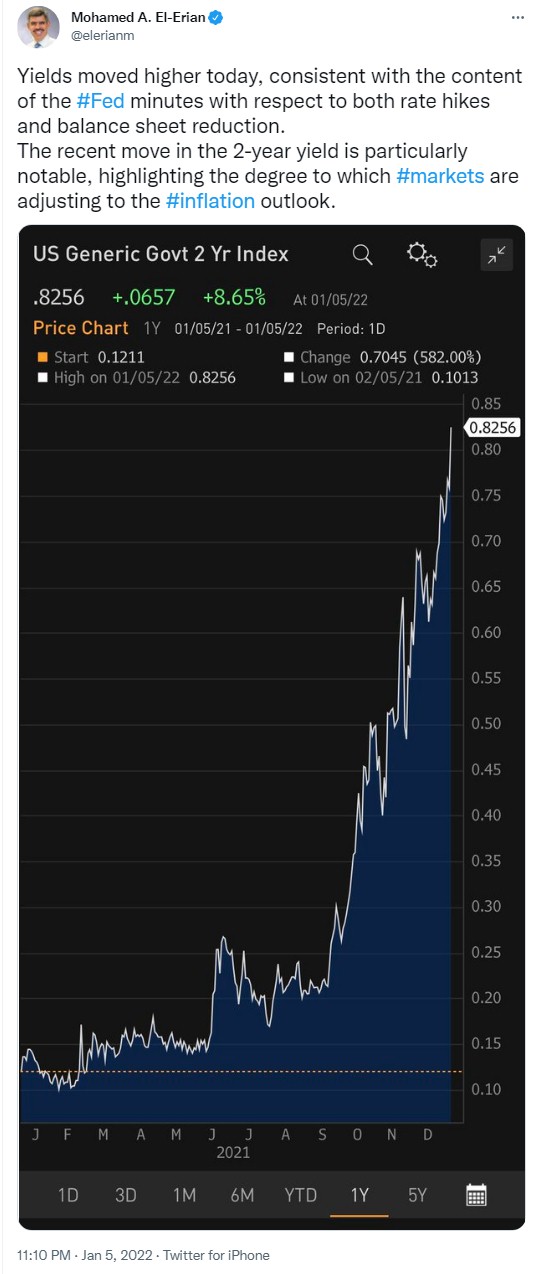 Many participants
of the Federal Open Market Committee and the Board of Governors of the Federal
Reserve System as of Dec. 2021 judged that the appropriate pace of balance sheet
runoff would likely be faster than it was during the previous normalization
episode (2014). Many participants also judged that monthly caps on the runoff of
securities could help ensure that the pace of runoff would be measured and
predictable, particularly given the shorter weighted average maturity of the
Federal Reserve’s Treasury security holdings. Some participants expressed the
view that the Standing Repo Facility (SRF) would help ensure interest rate
control as the size of the balance sheet approached its longer-run level;
several participants noted that the Standing Repo Facility (SRF) could
facilitate a faster runoff of the balance sheet than might otherwise be the
case; several participants raised the possibility that the establishment of the
Standing Repo Facility (SRF) could reduce the demand for reserves in the longer
run, suggesting that the longer-run balance sheet could be smaller than
otherwise. To achieve such a composition, some participants favored reinvesting
principal from agency MBS into Treasury securities relatively soon or letting
agency MBS run off the balance sheet faster than Treasury securities. The
near-term outlook was revised up, reflecting faster-than-expected increases both
for a broad array of consumer prices and for wages. Supply chain bottlenecks
were seen as continuing to put upward pressure on prices.
Many participants
of the Federal Open Market Committee and the Board of Governors of the Federal
Reserve System as of Dec. 2021 judged that the appropriate pace of balance sheet
runoff would likely be faster than it was during the previous normalization
episode (2014). Many participants also judged that monthly caps on the runoff of
securities could help ensure that the pace of runoff would be measured and
predictable, particularly given the shorter weighted average maturity of the
Federal Reserve’s Treasury security holdings. Some participants expressed the
view that the Standing Repo Facility (SRF) would help ensure interest rate
control as the size of the balance sheet approached its longer-run level;
several participants noted that the Standing Repo Facility (SRF) could
facilitate a faster runoff of the balance sheet than might otherwise be the
case; several participants raised the possibility that the establishment of the
Standing Repo Facility (SRF) could reduce the demand for reserves in the longer
run, suggesting that the longer-run balance sheet could be smaller than
otherwise. To achieve such a composition, some participants favored reinvesting
principal from agency MBS into Treasury securities relatively soon or letting
agency MBS run off the balance sheet faster than Treasury securities. The
near-term outlook was revised up, reflecting faster-than-expected increases both
for a broad array of consumer prices and for wages. Supply chain bottlenecks
were seen as continuing to put upward pressure on prices.

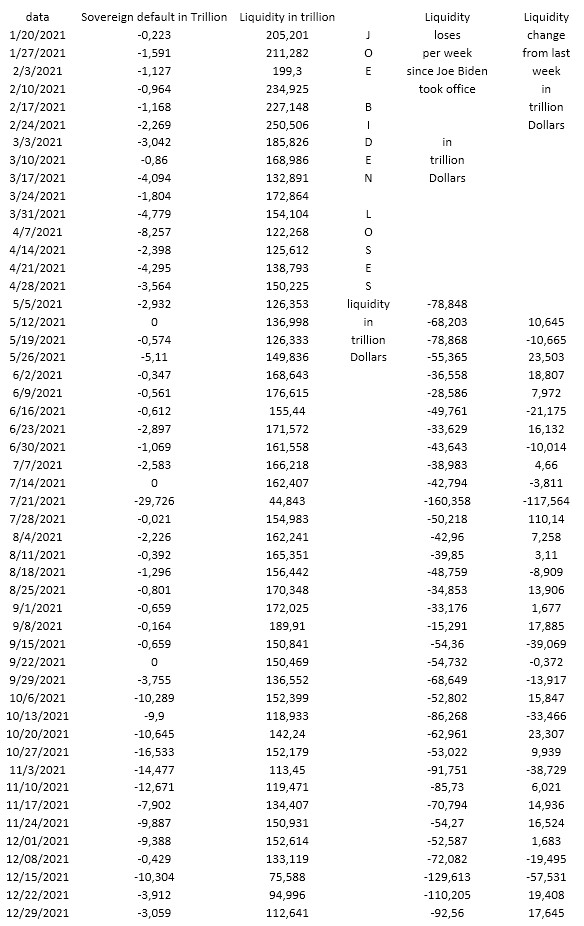 At this point the
average bread consumer shall understand that the Standing Repo Facility (SRF)
could reduce the demand for reserves in the longer run. At its July 2021
meeting, the Federal Open Market Committee (FOMC) established the SRF to serve
as a backstop in money markets to support the effective implementation and
transmission of monetary policy and smooth market functioning. Current effect …
no REPO contracts at all and just Reverse REPO contract are made to manipulate
the value of the dollar on international level and keep inflation as low as
possible on national level. If it raises interest rates, that raises the U.S.
debt-service costs. By stopping buying the securities the FED’s also knows …
that if it tightens monetary policy, i.e. stop asset purchases and raise rates,
debt-burdened will face severe challenges.
At this point the
average bread consumer shall understand that the Standing Repo Facility (SRF)
could reduce the demand for reserves in the longer run. At its July 2021
meeting, the Federal Open Market Committee (FOMC) established the SRF to serve
as a backstop in money markets to support the effective implementation and
transmission of monetary policy and smooth market functioning. Current effect …
no REPO contracts at all and just Reverse REPO contract are made to manipulate
the value of the dollar on international level and keep inflation as low as
possible on national level. If it raises interest rates, that raises the U.S.
debt-service costs. By stopping buying the securities the FED’s also knows …
that if it tightens monetary policy, i.e. stop asset purchases and raise rates,
debt-burdened will face severe challenges.

 As an effect of
those factors Janet Yellen the Treasury Secretary simply disappear from view.
She did not tweet nor she
As an effect of
those factors Janet Yellen the Treasury Secretary simply disappear from view.
She did not tweet nor she
By Peter von Roggenhausen Jan. 06 2022.




